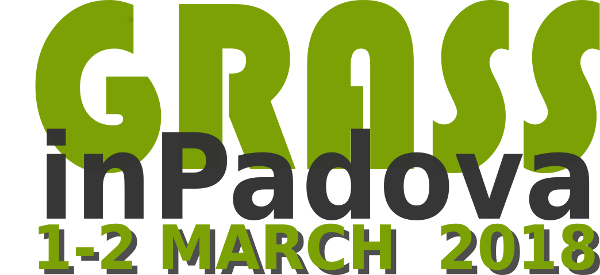
Palazzo Moroni, Padova (Italy)
published October 23, 2018
The previous two years have been a cornerstone for gravitational wave science: from the first detection of gravitational radiation from a pair of colliding black holes in September 2015, followed by repeated detections of similar systems, to the discovery and multimessenger observation of a binary neutron star in August 2017, the ground based observatory consisting of Advanced LIGO and Advanced Virgo has provided us with an unprecedented probe into the mysteries of the universe. While the instruments are currently being upgraded, when they come back online in the second half of 2018 they are expected to perform routined detections of known and unknown systems, projecting us fully into the era of gravitational wave and multi-messenger astronomy that they just inaugurated. And yet, the future is even brighter: other ground-based detectors like KAGRA and LIGO-India will soon join the network; alternative detection techniques are been refined (atom interferometry), or are about to produce the first results (PTA); LISA, the first space-borne gravitational wave observatories, has been approved and is being defined for a lunch in the 2030’s; plans for short and medium-term upgrades to ground-based detectors are already in place; and the gravitational wave community is working at realistic proposals for the next generation of observatories which will ensure frequent, high SNR detection up to the limit of the observable universe for some class of systems. This is the right moment to investigate what gravitational wave science will look like when this scenario becomes reality, and what that would mean from the point of view of technology, theory, data analysis and consequences for the other fields of physics.
The international GRAvitational-wave Science&technology Symposium (GRASS 2018) was held in Palazzo Moroni, Padova (Italy) on March 1st and 2nd, 2018. The workshop was aimed at exploring the panorama of gravitational-wave related science beyond the next decade. It focused on new and existing ideas for future generation detectors, development of key enabling technologies, assessing of data analysis strategies and challenges, and the broader impact that routine, high precision gravitational-wave and multi-messenger observations will have on cosmology, astronomy, astrophysics and other branches of fundamental physics. About 60 attendees gathered in snowy Padova and delivered about 40 oral presentations; it represented an informal and unique meeting occasion for the different scientific communities looking from distinct point of views onto the future of gravitational-wave related science and technology - instrumentalists, data analysts, astronomers and scientists from other related fields.
@page { margin: 2cm } p { margin-bottom: 0.25cm; line-height: 120% }
Editorial Board
- Marco Bazzan
Università degli Studi di Padova, Dipartimento di Fisica e Astronomia, and Istituto Nazionale di Fisica Nucleare, Sezione di Padova - Giacomo Ciani
Università degli Studi di Padova, Dipartimento di Fisica e Astronomia, and Istituto Nazionale di Fisica Nucleare, Sezione di Padova - Livia Conti
Istituto Nazionale di Fisica Nucleare, Sezione di Padova - Claudia Lazzaro
Università degli Studi di Padova - Marco Vardaro
Università degli Studi di Padova, Dipartimento di Fisica e Astronomia, and Istituto Nazionale di Fisica Nucleare, Sezione di Padova

| Development of Enabling Technologies for Gravitational Wave Detectors |
|---|
|
The Virgo Coating Collaboration: a detailed study on thermoelasticity in crystalline materials and other research lines
|
|
Adaptive optics methods in gravitational wave interferometric detectors, a perspective
|
|
Thermal noise in complex systems
|
|
Challenges of gravitational wave detection using long-baseline cavity-assisted large momentum transfer atom interferometry
|
|
PETER: a torsion pendulum facility to study small forces/torques on free falling instrumented masses
|
|
Archimedes experiment: weighing the vacuum
|
| Impact of Gravitational-Wave Surveys and Multi-messenger Observations on Astrophysics, Cosmology and Other Branches of Fundamental Physics |
|
Electromagnetic facilities and observing strategies for multi-messenger science: situation and future perspectives
|
|
INTEGRAL Observations of Gravitational-Wave Counterparts & Future Perspectives: Searching for GBM Un-Triggered SGRB with PICsIT
|
|
GW optical counterpart search in the Multi-Messenger Astronomy Era
|
|
Unravelling the progenitors of merging black hole binaries
|
|
Star Cluster Disruption by a Supermassive Black Hole Binary
|
| Gravitational wave Data Analysis: Strategies and Challenges |
|
Matter ejection and kilonova emission from binary neutron star mergers
|
|
LISA as a probe for particle physics: electroweak scale tests in synergy with ground-based experiments
|
|
Searching electromagnetic counterpart of gravitational waves
|
